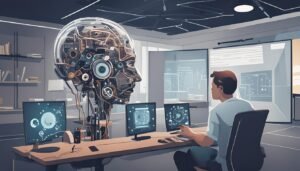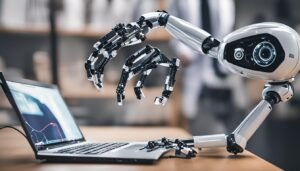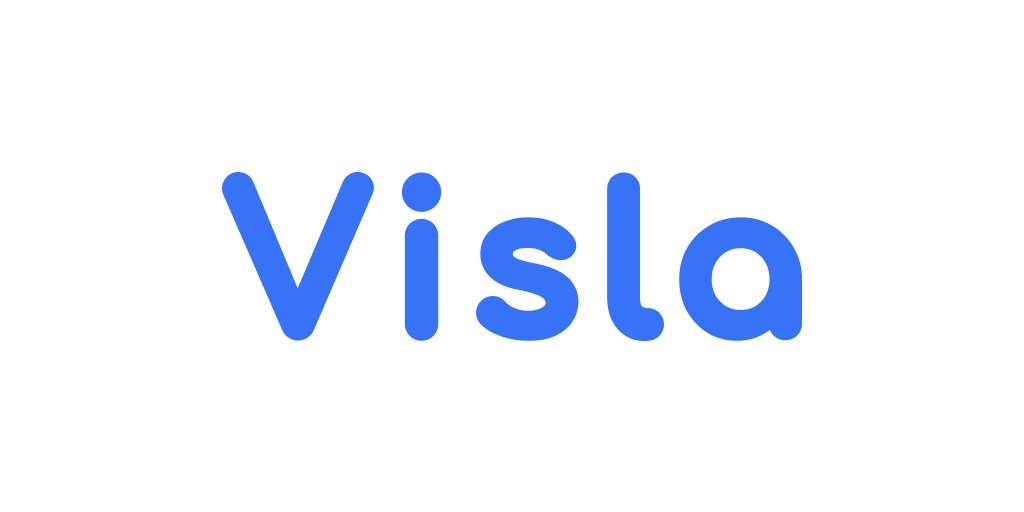How Ai work with computer vision
Artificial intelligence (AI) has fundamentally changed the field of computer vision since it lets robots understand and interpret the visual surroundings. In many different sectors, including healthcare, automotive, security, and retail, this development has made possible several discoveries. Medical imaging, autonomous driving, surveillance, and customer analytics are just a few of the industries where artificial intelligence-powered computer vision applications find use now.
Underlying artificial intelligence in computer vision are basic ideas and technologies including deep learning, neural networks, and image processing. Deep learning is a type of machine learning whereby computers are taught on vast amounts of data to identify trends and generate predictions. Because they replicate the structure and purpose of the human brain, neural networks—especially convolutional neural networks (CNNs)—are valuable for processing and assessing visual data. More accurate assessments are made possible by image processing methods enhancing the quality and interpretability of visual data.

The historical background of artificial intelligence in computer vision points to a slow but steady route of improvement. Early computer vision attempts in the 1960s and 1970s were hampered by processing capability and algorithmic complexity. But late twentieth and early twenty-first century development of ever more potent CPUs and sophisticated algorithms hastened significant advancement. AI and machine learning taken together have sped this development and produced innovations in real-time video analytics, facial recognition, and object detection.
In terms of speed and accuracy, today’s AI-powered computer vision systems not only repeat but often surpass human ability. In healthcare, for instance, AI algorithms can examine medical images to identify diseases early on, so improving diagnosis accuracy and patient outcomes. Self-driving cars can effectively negotiate challenging settings using computer vision. While retail companies use artificial intelligence to control inventory and offer tailored consumer experiences, security applications benefit from enhanced surveillance capacity.
AI will surely affect computer vision more as it develops, creating new opportunities and uses. The junction of artificial intelligence and computer vision sees a time when robots might easily include visual knowledge into their activities, so fostering innovation in many spheres.
New Innovations in Computer vision and Breakthroughs lately
Thanks to continuous artificial intelligence research and development, computer vision has seen incredible advancements. New algorithms and innovative models suggested by recent research have greatly raised performance metrics including accuracy, speed, and efficiency.
The development of vision transformers (ViTs), which have revolutionized picture recognition activities, is one significant development. ViTs use self-attention techniques to identify long-range relationships in images, unlike conventional convolutional neural networks (CNNs), so improving performance on benchmark datasets. In many different computer vision applications, these models have shown exceptional accuracy, surpassing earlier state-of- the-art models.
Apart from architectural innovations in models, algorithmic performance has developed as well. The Efficient Net model family, for instance, has created a new scaling technique that regularly scales network depth, width, and resolution. This approach generates models suitable for deployment in resource-constrained environments since they achieve better accuracy using less computational resources.
Generation and augmentation of images using generative adversarial networks (GANs) is another noteworthy invention. Recent research has shown that GANs can generate realistic, high-quality images that pass for natural photosues. These features have found fresh uses in disciplines including medical imaging, where GANs enhance MRI scan resolution, so producing more exact diagnosis.
Moreover, there has been notable progress in including artificial intelligence-driven computer vision into autonomous systems. For instance, self-driving cars track and identify objects using strong object detection algorithms in real time, so enhancing navigation and safety. In environmental monitoring, similarly, AI-powered drones use computer vision to identify changes in landscapes and ecosystems.
These developments show not only the fast speed of advancement in artificial intelligence-related computer vision but also the increasing number of uses for which these technical developments help. Future disruptive discoveries should be even more expected as science keeps stretching the boundaries.
Important participants and alliances
The rapidly growing terrain of artificial intelligence and computer vision is being shaped in part by several well-known players and partnerships. Leading technology companies including Google, Microsoft, and NVIDIA are constantly pushing the boundaries of what is feasible by means of strategic alliances, creative products, and modern research.
Computer vision has advanced thanks in great part to Google’s TensorFlow system and several artificial intelligence-powered apps. Regularly publishing ground-breaking papers and working on a range of projects with esteemed academic institutions, Google AI, the company’s research division, is By means of its Azure AI offerings, Microsoft is also a major player since it offers strong solutions for computer vision jobs and works with companies to include these technologies into many different sectors.
By providing the tools and software needed for deep learning applications, NVIDIA—best known for its strong graphics processing units (GPUs)—has made significant developments in artificial intelligence and computer vision. For researchers and developers tackling challenging computer vision tasks, the company’s CUDA platform and Jetson series have grown essential tools.
Furthermore significantly advancing artificial intelligence and computer vision are universities and research facilities. Leaders in this field include Carnegie Mellon University, Stanford University, and the Massachusetts Institute of Technology (MIT), whose considerable research, publications, and creation of fresh algorithms and models reflect this. To provide innovative ideas to the market, these companies regularly team with IT giants and startups.
Additionally having a big impact are startups like OpenAI and SenseTime. Though most famously creating the GPT series, OpenAI is expanding into other spheres of artificial intelligence including computer vision. Developing AI and computer vision solutions for a range of sectors, including security, healthcare, and finance, another notable company is SenseTime.
Recent acquisitions and partnerships have also shaped the industry. For instance, Facebook’s purchase of Scape Technologies increases its augmented reality capacity, and Apple’s purchase of Xnor.ai highlights the increasing importance of edge artificial intelligence for computer vision. Such strategic projects not only improve the technological capacity of these companies but also stimulate development in the domains of artificial intelligence and computer vision, so fostering creativity.
Prospectives and future trends in Artificial intelligence
The future course of artificial intelligence-driven computer vision promises disruptive consequences in many different fields. Edge computing is among the most much awaited developments. For uses like self-driving cars and real-time surveillance, edge computing reduces latency and enhances real-time decision-making abilities—qualities absolutely vital. The synergy between low-latency networks and edge computing will allow faster and more dependable data transmission when combined with the spread of 5G technology, so increasing the acceptance of AI-powered computer vision applications.
Another arriving technology that might revolutionize the field is quantum computing. More sophisticated image and video processing is made possible by quantum algorithms’ ability to solve difficult problems at hitherto unheard-of rates. This development might result in medical imaging innovations that enable earlier and more accurate disease identification as well as in security by means of more strong threat detection techniques.
These advances will be quite helpful for sectors including retail, manufacturing, and healthcare as well as transportation. Computer vision driven by artificial intelligence in healthcare can enhance patient monitoring and diagnosis accuracy. The development of self-driving cars will propel great progress in the automotive industry, so improving efficiency and safety. Retailers can use computer vision to control inventory, track consumer behavior, and create custom shopping experiences.

But the fast advancement of artificial intelligence-driven computer vision begs ethical questions and legal challenges. Crucially important problems that have to be addressed are privacy, data security, and algorithmic bias. Development of regulatory systems is necessary to guarantee moral use of technology while yet safeguarding personal liberties and promoting creativity. Overcoming these challenges and offering ideals for ethical AI development calls for cooperation among ethicists, engineers, and legislators.
Conclusion
All things considered, artificial intelligence-driven computer vision has bright future prospects with significant innovations on route. Using cutting-edge technologies and addressing ethical issues will help us to fully realize computer vision, so fostering innovation in several fields and raising standards of living.



